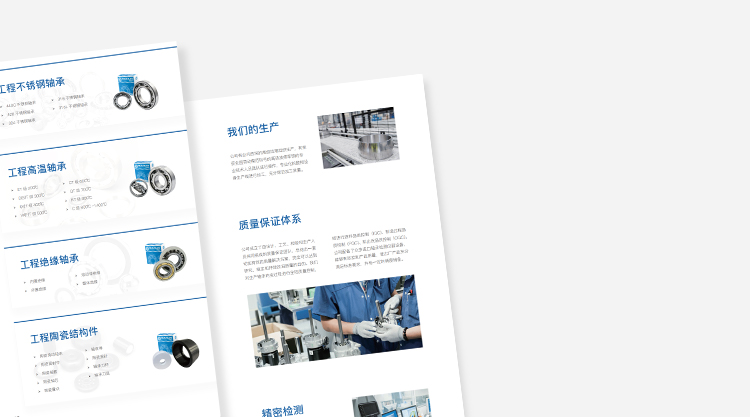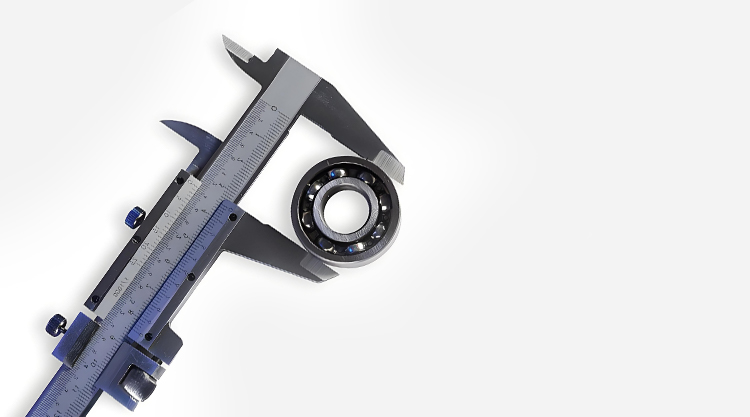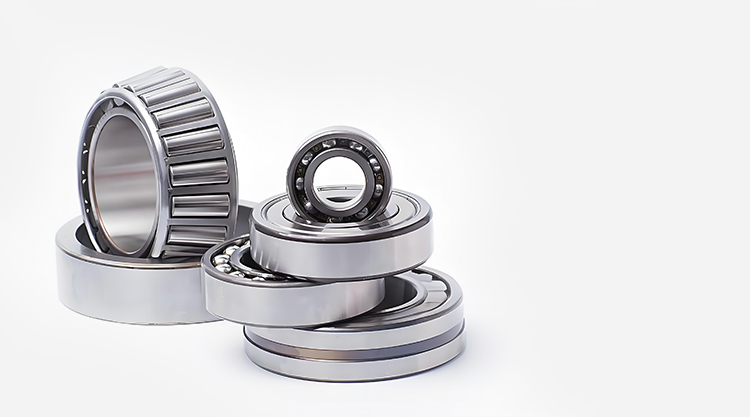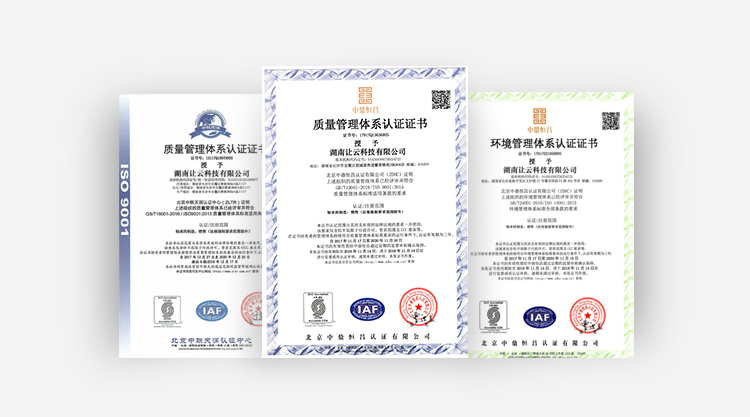Low-Temperature Bearing Performance at -200°C Revealed
In extreme cold environments, the normal operation of mechanical equipment not only requires a stable power system but also core components that can withstand low-temperature shocks — low-temperature resistant bearings. Especially in industries such as aerospace, polar scientific research, liquid nitrogen production, and low-temperature freezing processing, equipment often needs to operate continuously at -200℃. This article will deeply analyze how low-temperature resistant bearings maintain performance under such harsh conditions, helping engineers and procurement personnel in the industrial field better select suitable products.
1. Application Background of Low-Temperature Resistant Bearings
In low-temperature environments, ordinary bearings are prone to stalling or fracturing due to material embrittlement and lubricant failure. For example:
Liquefied natural gas (LNG) production and transportation equipment; liquid nitrogen freezing machines and low-temperature storage devices; polar research machinery in the Arctic and Antarctic; aerospace and satellite low-temperature cabin structures.
The core parts of these systems all rely on specially designed low-temperature bearings, which must maintain stable rotation at -200℃ or even lower temperatures.
2. Key Technologies for Low-Temperature Resistance of Bearings
2.1 Special Material Selection
At -200℃, ordinary steel tends to become brittle. Therefore, low-temperature resistant bearings often use:
Stainless steel alloys (such as AISI 440C, 316L); ceramic materials (silicon nitride Si₃N₄); polymer composites (PTFE, PEEK).
These materials retain high strength and toughness at low temperatures, ensuring the bearing's load capacity and wear resistance.
2.2 Specialized Low-Temperature Lubrication
Lubricants tend to harden or fail at low temperatures, so low-temperature bearings use:
Low-temperature synthetic lubricants (remain fluid from -73℃ to -200℃); solid lubricants (such as graphite, molybdenum disulfide). These lubrication methods ensure efficient friction control even under extreme cold conditions.
2.3 Precision Manufacturing and Heat Treatment Processes
Low-temperature resistant bearings not only have special material requirements but also undergo:
Vacuum heat treatment; ultra-precision grinding. These reduce microcracks and manufacturing defects, enhancing low-temperature impact resistance.
3. Performance Advantages of Low-Temperature Resistant Bearings
| Strong Mechanical Stability | Maintains normal rotational speed and load capacity even at extremely low temperatures |
|---|---|
| Long Wear Life | Specialized lubricant formulas and precision processing reduce wear |
| Wide Range of Applications | Applicable from polar scientific research to aerospace satellites |
| High Safety | Reduces equipment downtime and accident risks caused by bearing failure |
4. Conclusion
Low-temperature resistant bearings are the core guarantee for stable operation of mechanical equipment in extreme cold environments. Facing the harsh challenge of -200℃, high-quality low-temperature bearings achieve high reliability and long service life through special materials, advanced lubrication technology, and precision manufacturing processes. Engineers in the industrial field should consider working environment, temperature range, and load requirements when selecting bearings to ensure stable and efficient equipment operation under harsh conditions.
-
25 2025.09How is bearing life calculated? Key factors affecting service life
This paper will delve into the calculation methods for bearing life and the primary factors affecting bearing life based on actual operating conditions.
-
25 2025.09How to Select Bearing Speed?
This article will analyze the relationship between bearing speed and performance from the perspectives of bearing design, application conditions, and service life.
-
25 2025.09What bearings should be used in high-temperature operating conditions?
This article will analyze the core considerations for selecting high-temperature bearings based on practical applications.
-
25 2025.09What do the bearing clearances (C2, C3, CM) mean? How should they be selected?
This article will analyze the definition, classification, and selection methods of bearing clearance from a professional perspective, helping readers better understand and apply them.




